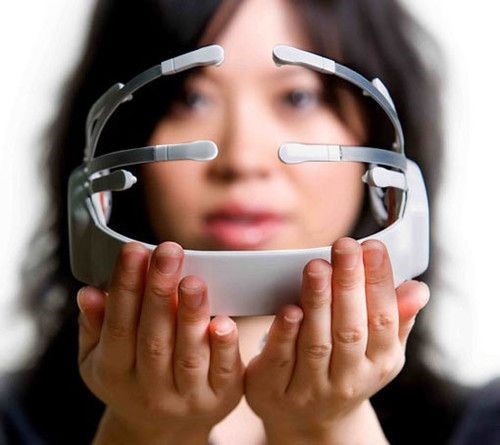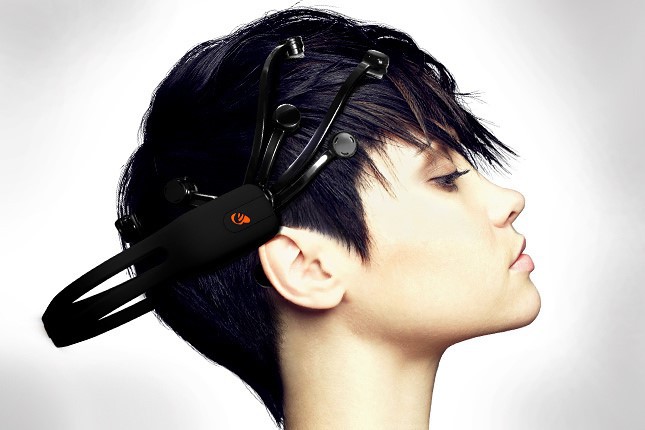IBM and Xerox: Mobile Devices Will Soon Be Driven By Thought

IBM and Xerox have recently published a joint report on the development of mobile thought-driven applications. More precisely, not by thought, but by electrical impulses through the already existing BCI interface (Brain-Computer Interfaces). Now this kind of system is developing quite actively. The principle of operation is the tracking of control electrical impulses of the brain, namely, signals of the parietal lobe, SSVEP.
In the future, probably, BCI-systems will be much smaller than now. Development of software that recognizes brain signals and turns them into commands for a mobile device is being conducted by a number of different companies. By the way, among the most modern BCI-systems can be attributed ECG headset from Emotiv.
For modern developers, the most important problem is the recognition accuracy and further interpretation of brain signals. The IBM and Xerox report lists one of the most interesting projects of this kind - the Neurophone. With the help of the Neurophone, developed by Cornell University, you can dial the subscriber number using Emotiv and iPhone headsets.
')
True, this project is still far from ideal. Here the user looks at the screen, where all the contacts are highlighted in turn. A desired subscriber is determined by analyzing the signals of the P300. When highlighting the correct number, the activity of the signal increases, and the Neurophone recognizes it as a stimulus to action. Accuracy is not the highest. Most likely, the emergence of the first systems of this type of high precision is the matter of the next few years.
Another application, called BCI Messenger, allows you to type messages from the Chinese characters located on the virtual keyboard. It uses a special cap Neuroscan QuickCap. The accuracy of the system is also not very high - at a peak of about 80%. And the average accuracy is only 70%.

The effectiveness of the system, which determines the signals P300, falls when a person performs some kind of movement, is engaged in physical activity. Conversely, when a person is relaxed, the accuracy of such a system increases, and quite significantly. According to IBM experts, additional information is required to increase the accuracy of such systems, for example, eye tracking or head rotation. Plus, in the case of calls, you can show the user a list of the most frequently made calls, which will also increase the accuracy.
The conclusion of experts from IBM and Xerox is quite optimistic. In particular, it is indicated that advances in various fields of science, including computational neuroscience, signal processing, machine learning, along with the development of cloud services, open up new perspectives for BCI interfaces for managing mobile devices and applications for ordinary users.
Source: https://habr.com/ru/post/267195/
All Articles